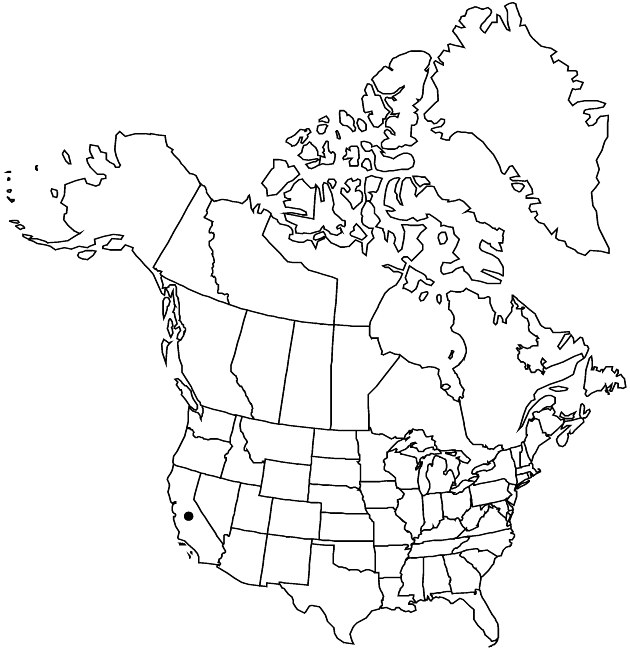Erigeron calvus
Proc. Biol. Soc. Wash. 7: 69. 1892.
Biennials or short-lived perennials, 10–14 cm; taprooted, without well-developed caudices. Stems ascending, hirsute, minutely glandular. Leaves basal (persistent) and cauline (petioles prominently ciliate, at least on proximal portions, hairs spreading, thick-based); basal blades oblong-spatulate to obovate-spatulate, 30–50 × 4–6 mm, cauline abruptly reduced distally, margins entire, faces hirsuto-villous, minutely glandular. Heads (disciform) 1–3 (usually from branches proximal to midstems). Involucres ca. 5 × 13–14 mm. Phyllaries in 2–3 series, coarsely hirsute, minutely glandular. Ray (pistillate) florets ca. 50–100; corollas usually tubular, lacking laminae, or laminae shorter than involucres. Disc corollas 4–5.1 mm (throats white-indurate, somewhat inflated, glabrate). Cypselae 1.5–1.6 mm (immature), 2-nerved, faces sparsely strigose (carpopodia whitish); pappi: outer of setae, inner of 15–20 bristles.
Phenology: Flowering Apr–May.
Habitat: Sagebrush and desert shrub
Elevation: ca. 1200 m
Discussion
Of conservation concern.
Erigeron calvus is known only from the type collection.
Selected References
None.
